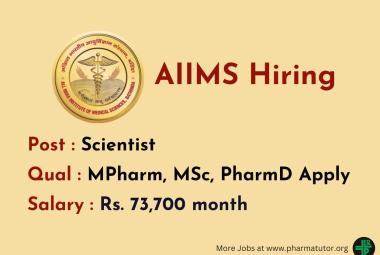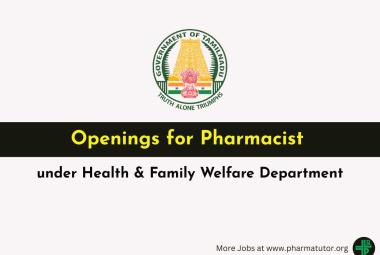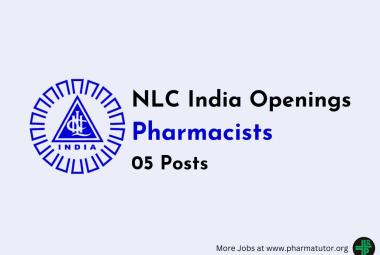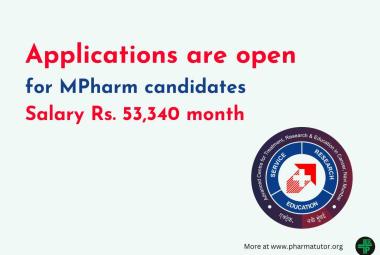The number of overdose deaths involving prescription and illicit opioids more than doubling over the last seven years to nearly 48,000 in 2017. This includes new ways to increase availability of naloxone, a drug used to treat opioid overdose.
[adsense:336x280:8701650588]
However, if naloxone is administered quickly, it can counter the overdose effects, usually within minutes. While the person administering naloxone should also seek immediate medical attention for the patient, the bottom line is that wider availability of naloxone and quick action to administer it can save lives.
Naloxone is a critical drug to help reduce opioid overdose deaths. Prevention and treatment of opioid overdose is an urgent priority. Increased availability of naloxone for emergency treatment of overdoses is an important step. One potential way to improve access to naloxone is to make it available for over-the-counter (OTC) sale. FDA-approved versions of naloxone currently require a prescription, which may be a barrier for people who aren’t under the care of a physician or may be ashamed or even fearful of admitting to issues with substance abuse. Having naloxone widely available, for example as an approved OTC product, is an important public health advance, and a need that we’ve been working on at the FDA.
Although FDA-approved prescription naloxone formulations have instructions for use in product labeling, they don’t have the consumer-friendly Drug Facts label (DFL), which is required for OTC drug products. Before submitting a new drug application or supplement for an OTC drug product, companies must develop a DFL and conduct studies to show that consumers can understand how to use the product without the supervision of a health care professional. Some stakeholders have identified the requirement to perform these studies as a barrier to development of OTC naloxone products.
To encourage drug companies to enter the OTC market and increase access to naloxone, the FDA took an unprecedented step: we developed a model DFL with easy-to-understand pictograms on how to use the drug. We also conducted label comprehension testing to ensure the instructions were simple to follow.
These efforts should jumpstart the development of OTC naloxone products to promote wider access to this medicine. The model DFL contains the information (except for individual product-specific information) that a consumer needs to administer naloxone safely and effectively.
Consumer comprehension of the model DFL was iteratively tested by an independent research contractor in a prespecified research design involving over 700 participants across a wide range of potential OTC naloxone users. This included people who use heroin; people who use prescription opioids; family and friends of people who use opioids; adolescents; and the general public. An FDA review team not directly involved in the conduct of the study independently reviewed the study report and determined that the comprehension results were satisfactory.
Overall, the study demonstrated that the model DFL was well-understood by consumers and is acceptable for use by manufacturers in support of their OTC naloxone development programs. Using this information, naloxone manufacturers can now focus their efforts on final label comprehension testing of how well consumers understand the product-specific information that hasn’t been already tested in the model DFL. I personally urge companies to take notice of this pathway that the FDA has opened for them and come to the Agency with applications as soon as possible.
The model DFL comes in two versions. One is for use with a nasal spray and one for use with an auto-injector. But the product-specific instructions in each version are placeholders that have not been tested by the FDA for comprehension or human factors performance. Sponsors can replace these placeholders with their own product-specific information and test it if necessary. Apart from this product-specific information, the model DFL otherwise contains all the key information needed for an untrained bystander to administer naloxone. In designing the model DFL, the FDA team sought input from multiple stakeholders in the addiction care community, as well as from the FDA internal experts, to streamline the DFL to contain only the most critical information, so that it could be easily understood in an emergency.
This work builds on our ongoing efforts to get this life-saving drug into the hands of those who need it most.







